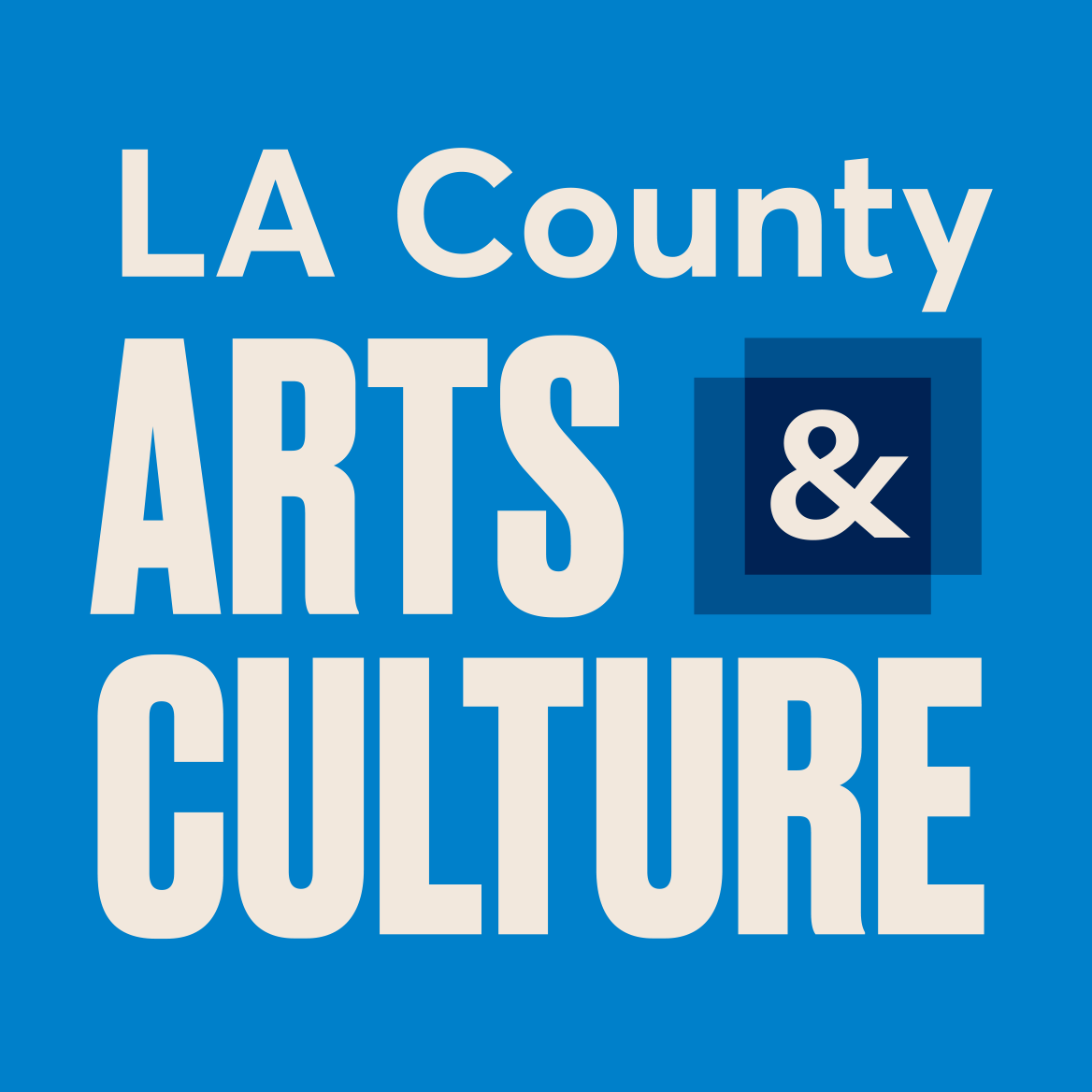Artwork Detail
Vitae Telam (Web of Life) Tela de la Vida
Artist: De La Torre Brothers
Date: 2018
Medium: Stone and ceramic
Artwork Dimensions: 252 x 180 x 48 in.
County Department: Health Services
Artwork Site: Rancho Los Amigos National Rehabilitation Center
Supervisorial District: 4
Current Status: On view
About the Artwork:
About the Artist: Brothers Einar and Jamex de la Torre were born in Guadalajara, Mexico, 1964, 1960. In a sudden family move, the brothers moved to Dana Point, California in 1972. They both attended Long Beach State University, Jamex got a BFA in Sculpture in 1983. Currently the brothers live and work on both sides of the border: The Guadalupe Valley in Baja California and San Diego. The complexities of the emigrational experience, with its ensuing biculturalism, as well as their life on both sides of border explain a great deal of where the brother's work comes from. The brothers have been collaborating in earnest since the mid-nineties; they have developed their signature style mix media work with blown glass sculpture and installation art. Their pieces represent a multifaceted view of life that reflects a complex and humorous aesthetic that could be called baroque. Their approach is additive, constantly layering material and meaning. Their influences range from Catholic iconography to German expressionism while also paying homage to Mexican vernacular arts and pre-Columbian art. In recent years, they have been experimenting with lenticular printing and creating photomural installations. They have won the USA Artists Fellowship award, the San Diego Foundation Grant Award, The San Diego Art Prize, the Louis Comfort Tiffany Award and the Joan Mitchell Foundation Award. They have had 16 solo museum exhibitions including the National Glass Centre Museum in England, the Glazhuiz in Belgium, the Mesa Arts Center Museum, The Chrysler Museum of Art and the Tucson Museum of Art. To learn more, visit: http://www.delatorrebrothers.art/">www.delatorrebrothers.art
E-News Sign Up
Sign up below for the latest news and updates!










